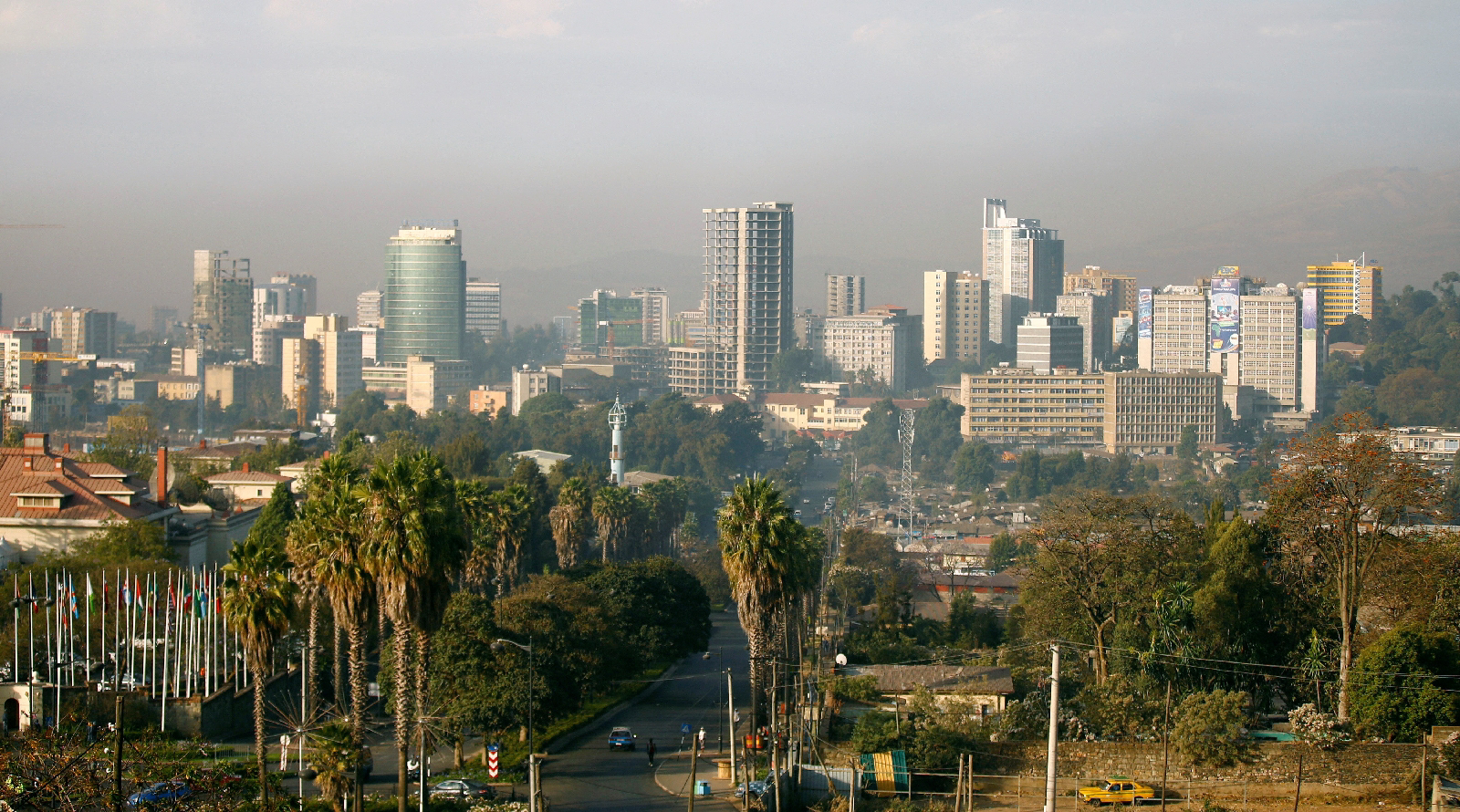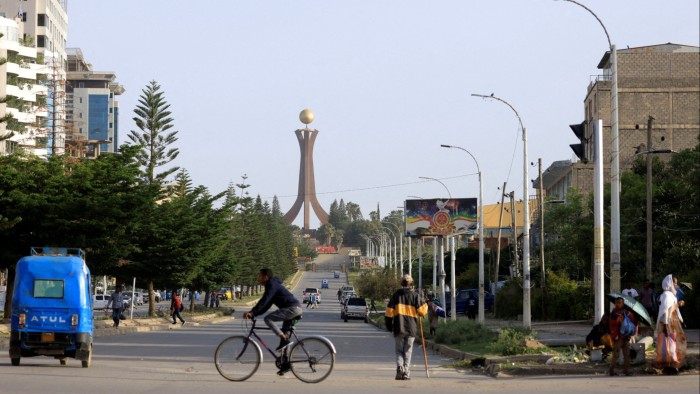WHY THE ETHIOPIAN CALENDAR IS 7 YEARS BEHIND THE WORLD'S CALENDAR.
. THE NAME OF THE ETHIOPIAN CALENDAR
. BRIEF HISTORY OF THE CALENDAR
. WHY IT IS 7 YEARS BEHIND WORLD'S THE CALENDAR
The Name Of The Ethiopian Calendar
The Ethiopian calender is known or called the "Ge'ez Calendar"
Brief History Of The Calender
Ethiopia is located in East Africa and is Africa’s second-largest country in terms of population.
The oldest solar Coptic calendar in history, from Egypt, is closely related to the Ethiopian calendar's genesis.
The renowned Imhotep, the highest ranking official under King Djoser in 2670 B.C., is thought to have contributed to the creation of this calendar.
Earlier still, the civil calendar of the ancient Egyptians was based on a solar year with 365 days; it was not modified for the extra quarter of a day that occurred every year.
Each year had 12 months and the heliacal rising of Sirius coincided with the highest point of the River Nile flood at Memphis, marking the first day of the year.
The new year of the ancient Egyptians started on Meskerem 1 which is the date of the Ethiopian new year (which also signals the end of Noah’s flood).
This ancient Egyptian Coptic solar calendar consisted of 12 x 30-day months with five extra festival days at the end of the year.
This idea is the same as the Ethiopian Calendar, which has 13 months total—12 months of 30 days each, plus Pagumay, a month of five or six days at the end of the year, depending on whether the year is a leap year or not.
ETHIOPIAN FLAG
Some unique features of the Ethiopian Calendar
Although the technique and starting point of the calculations change slightly, the Ethiopian calendar is derived from the same astronomical computations as the Gregorian calendar.
In Ethiopia, a year consists of thirteen months. There are thirty days in each of the first twelve months, five days in the thirteenth month, and six days in a leap year.
In Ethiopia, the new year begins on September 11 or Meskerem 1, whereas Christmas is celebrated on January 7.
The Gregorian calendar observes the new year on January 1 and Christmas on December 25.
In Ethiopia, September is the first month of the year and Pagumine, the thirteenth month, comes following August.
From September to August, there are thirty days in each month. Pagumiene, the thirteenth month, has five days (6 days in a leap year).
"Pagume" is a gift from God, and it is a season of repentance. The name is derived from the Greek word "Epagumene," which means "extra."
Why It Is 7 Years Behind The World's Calender
It uses a unique calendar system different from the widely used Gregorian calendar.
The Ethiopian Calendar, also called “Ge’ez,” is seven to eight years behind the Gregorian Calendar.
The main reason for this difference is that the Ethiopian Calendar places Jesus’ birth in 7 BC (Before Christ) and begins its count from that point.







Comments
Post a Comment